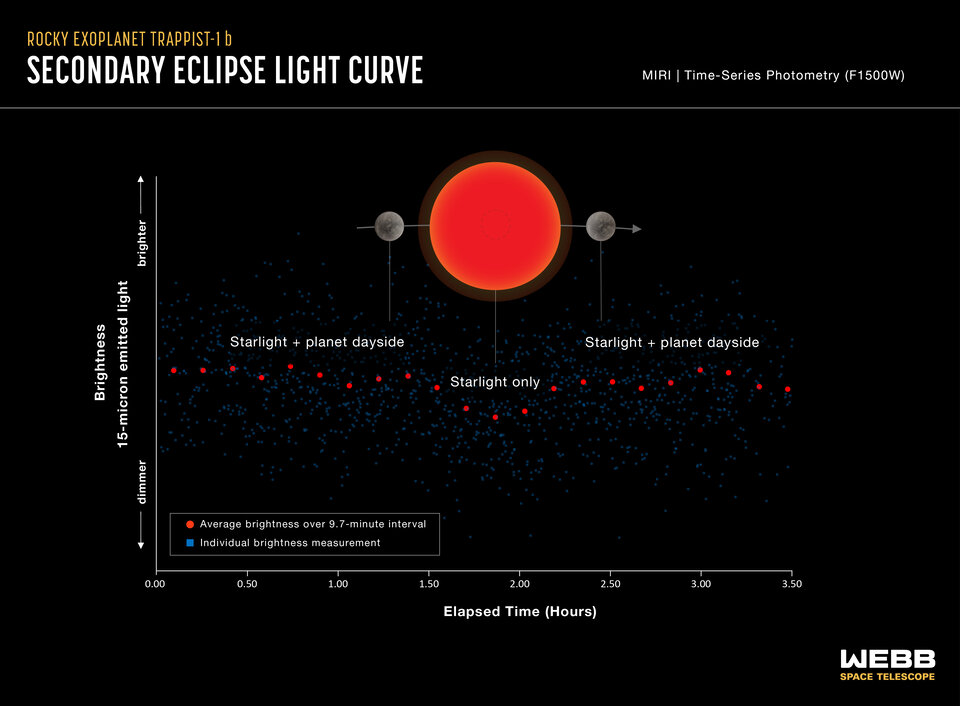When the Apollo astronauts landed on the Moon, they had to perform tasks in 1/6th of Earth’s gravity. At first, walking and working in this low gravity environment posed some challenges. However, the astronauts soon adapted and figured out that hopping like a bunny made it easier to get around.
The Artemis astronauts will also need to adapt to life on the Moon, and to that end, ESA has built a unique facility in a 17-meter (55 ft.) refurbished ventilation shaft.

Called the Movement in Low gravity environments (MoLo), the program operates at the LOOP (Locomotion On Other Planets) facility in Milan, Italy. The cavedium (vent shaft) laboratory has a special chair that simulates lunar gravity. It is equipped with a bungee rope suspension system which allows subjects to jump up to 6 meters in the air. Scientists monitor the subjects’ movements, observing how they jump, balance, and land to better understand how best to live and work on the Moon. The chair can also be modified to simulate Mars, which has 38% of Earth’s gravity.
If it sounds like fun, it is. I’ve had the chance to use the 1/6th Gravity Chair at Space Camp in Huntsville, Alabama, which I’ll talk about below.
However, the MoLo studies aren’t just for fun, but for serious science. The study team consists of experts from several different universities and research centers and they are evaluating the movement and balance of each test subject as they jump and perform various other forms of locomotion.
The scientists are looking for how the body responds to reduced gravity levels as well as for things like how that lower gravity can impair balance. (Take a look at the video below of the Apollo astronauts walking, hopping and falling on the Moon!)
The scientists also study what methods of locomotion are the most efficient gait in different gravities. Among the various results, they have already shown what the Apollo astronauts proved, that bouncing on the Moon is actually the most “economical” of gaits, as opposed to on Earth, which is walking.
If the study reveals that balance is impaired due to reduced gravity levels, the scientists want to also figure out and define effective countermeasure systems to prevent falls and balance problems on the lunar and Martian surfaces. Additionally, they will try to determine what exercises are most effective to help astronauts mitigate or prevent deconditioning of muscles and bones that occurs in lower gravities. Perhaps the hopping on the Moon is beneficial not only for improved locomotion, but for keeping bones and muscles strong, too.
The participants using the low gravity chair have electromyography (EMG) sensors placed on their legs to measure muscle activity. Additionally, participants wear special reflective markers that allow for full 3D motion analysis with special sensors that provides data to special software that can reconstruct the participant’s body movements.
ESA said the next step of the study will happen during parabolic flights, where both lunar and Mars gravity can be simulated. During the rollercoaster flight, all body parts are affected equally, allowing the team to study the effects of lower gravity on human balance.
The 1/6th Gravity Chair at Space Camp is more for fun than science, but it was an awesome experience. There are two different uses for these chairs at Space Camp: one is for the attendees to experience walking and hopping in lunar gravity, and the other is part of the simulated missions that are the hallmarks of Space Camp.

I was part of a lunar mission where during a lunar EVA (complete with a space suit) my crewmate and I had to construct a solar array “on the Moon” working in simulated 1/6th gravity. I found it quite easy to climb up the scaffolding to attach our solar panels to the array in the simulated lower gravity. It was an incredible amount of fun! I highly recommend Space Camp, for both kids (4th grade to high school) and adults.

Learn more about the LOOP facility here.
The post Low Gravity Simulator Lets You Jump Around in Lunar Gravity appeared first on Universe Today.
















